Our final two days on the island were at a much more relaxing pace than the first three - having now cleaned up on all of our realistic target species allowing us to enjoy the beauty of Tenerife at leisure. Sadly, our planned excursion to go swimming with turtles for the day in the nearby bay had been cancelled, so instead we spent our remaining time in the southern part of the island, exploring the beaches around Costa Adeje and the lushly vegetated areas at Golf Las Americas, just a short walk away from our hotel.
With limited birdlife in these urban settings we nevertheless spent an enjoyable morning photographing a flock of Plain Swifts as they hurtled around our hotel balcony, the clear blue skies and palm-laded horizon the perfect backdrop as they sped through the air.
 |
| Plain Swift |
A small flock of Nanday Parakeets making use of the hotel grounds was also a nice surprise, while the usual Spanish Sparrows busied themselves noisily around the pool area.
 |
| Nanday Parakeet adding a touch of the exotic to the hotel grounds |
Still lacking the impressive Monarch on our butterfly lists for the island, after a delicious lunch and pancakes at a little Dutch café on the seafront we explored the many grassy and floral areas around Costa Adeje in a hunt for these winged wonders.
Sadly, the abundance of flower bushes along the seaside strip drew a blank on the Monarch front, but several small African Grass Blues (a new butterfly for us) kept us occupied as we fruitlessly chased after them with our cameras on the short grass turf in the park.
 |
| African Grass Blue - almost impossible to get one to keep still! |
 |
| East Atlantic Sally Lightfoot crabs were everywhere on the rocks nearby |
Keeping our eyes peeled for any of the domesticated African Collared Doves that can be found on the island, we struck upon a possible candidate in the tree-lined alleyway opposite the hotel, the under tail a striking bright white as opposed to the greyer tones of Eurasian Collared Dove.
 |
| Collared Dove - Eurasian or African? |
However, the mixed colouration on the wings was somewhat troubling, and possible hybridisation couldn’t be ruled out, leaving this species at least as one for another trip – preferably in their natural range!!
After a delicious final meal of Persian chicken with rice and a good night’s sleep, our final day in Tenerife dawned beautiful and sunny, and with our flight not until later on in the evening we had a whole day left to explore the island. Leaving our bags behind in the hotel gave us the opportunity to take a look around the extremely flowery looking Golf Las Americas, once more on the lookout for any Monarchs or migrant birds stopping off on their spring journey north.
 |
| Canary Islands Chiffchaff |
The grounds were full of the usual Blackcaps and Canary Island Chiffchaffs, with a single two toned call of a Common Chiffchaff (our first of the trip) thrown in for good measure. Several more Atlantic Canaries foraging around the well hosed flowerbeds were as always nice to see, as was a Turtle Dove perched out in the open, while a single Wood Warbler, clearly a migrant, was a great find by Alex in a small wooded copse.
 |
| Turtle Dove |
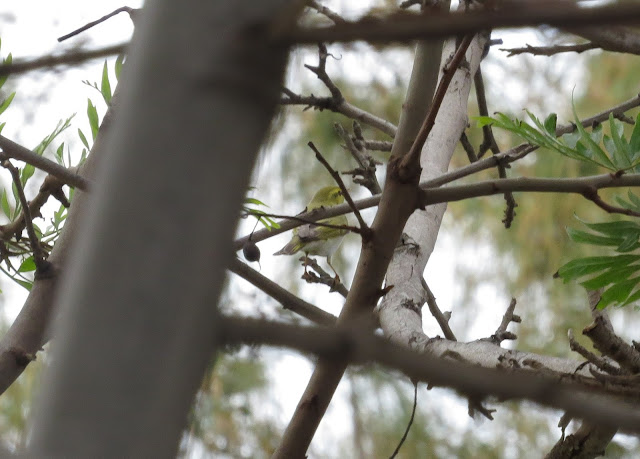 |
| Alex's Wood Warbler |
A pair of Nanday Parakeets screeched around the palms surrounding the green noisily as flocks of Plain Swifts danced overhead, while a small flock of Spanish Sparrows chattered away on the dusty footpaths around the complex, offering great views of these charming southern residents.
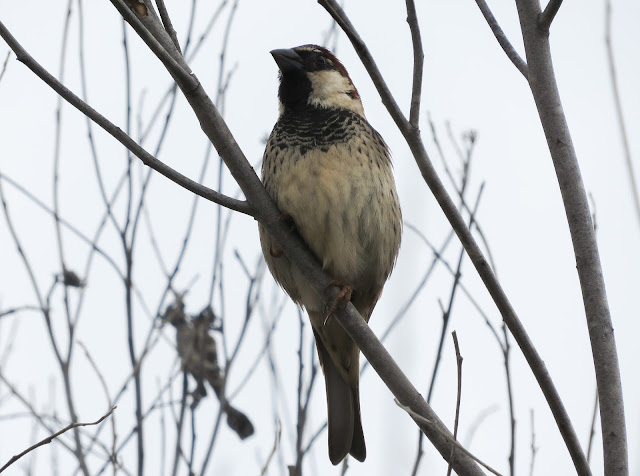 |
| Spanish Sparrow |
 |
| Tulip Tree |
Disappointingly, despite the abundance of flowers, our Monarchs once more evaded us, a plethora of whites and African Grass Blues all we could manage in the flower borders. It wasn’t until we got back to the hotel to reclaim our suitcases that we finally had our prize – a single Monarch powering determinedly over the cars and in to the next hotel grounds, lost to view and offering no real chance of a photo.
 |
| Monarch! Honest! |
Somewhat ironically, looking up also revealed a lone Barbary Falcon circling slowly over the buildings – after spending days chasing them in the north it was typical to have one cruising over our very own hotel!
With a subsequent drive back up to Villaflor generating nothing of note bar a single Spectacled and Sardinian Warbler each respectively (a flyover flock of Black Storks and a soaring White-tailed Eagle got our pulses racing until we realised that they most probably originated from the bird park below!) we didn’t log anything further of interest apart from a lone Common Tern at Marina del Sur.
 |
| Kestrels were regularly seen on our drives round the island |
With our flight now beckoning, we were able to look back on what had been another successful trip to the Canary Islands, with all our key targets mopped up bar the hard to come by Barolo Shearwater. From the impressive beaches in the south and the lushly vegetated mountain slopes and valleys of the north, to the majestic volcanic landscape of Mount Teide National Park, the scenery had been truly stunning, and we’d both thoroughly enjoyed our time on the island.
Securing great views of the endemic speciality Tenerife Blue Chaffinch, with a strong supporting cast of Atlantic Canary, Plain Swift, Barbary Falcon and Canary Islands Chiffchaff, not to mention the two endemic pigeons of Laurel and Bolle’s, the birds during the 5 days had been superb.
 |
| Tenerife Blue Chaffinch |
 |
| Atlantic Canary |
 |
| Plain Swift |
 |
Barbary Falcon
 |
| Canary Islands Chiffchaff |
 |
| Laurel Pigeon |
 |
| Bolle's Pigeon |
Taking in to account our previous autumn’s trip to Fuerteventura where we also cleaned up on all our targets within 2 days, a combined trip to both of these islands over the course of a week is entirely feasible for those wanting a more fast paced excursion and checking off both sets of birds is completely doable, provided the right sites are visited. |
 |
| ..to the rugged mountains of Tenerife |


















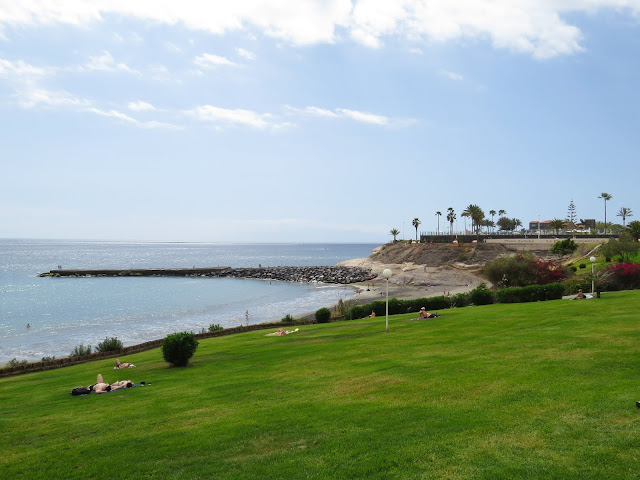

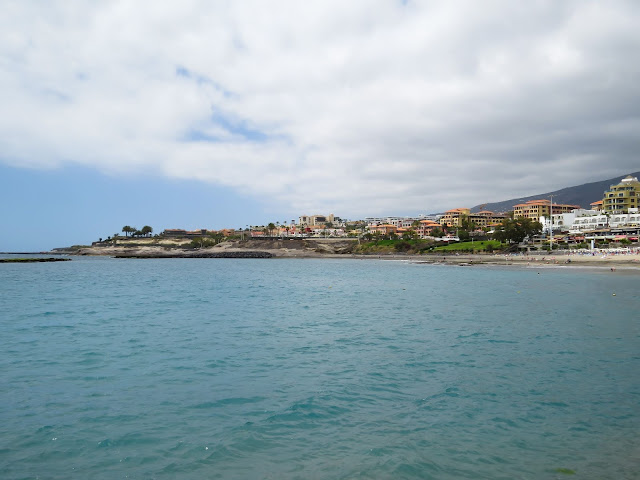
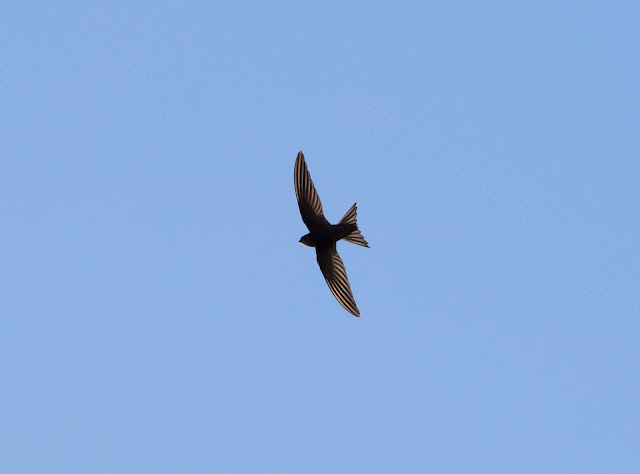

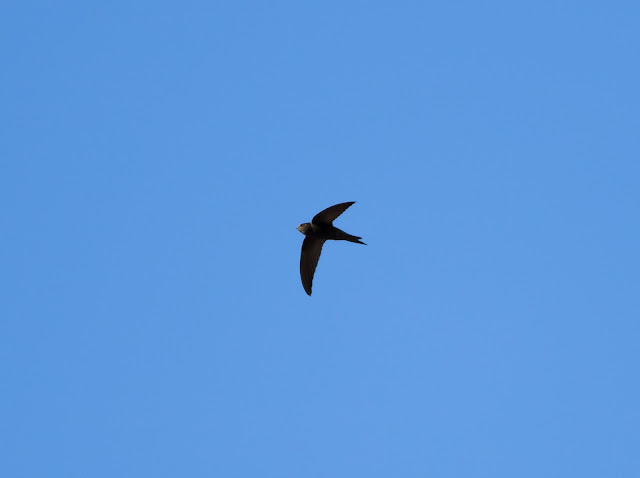
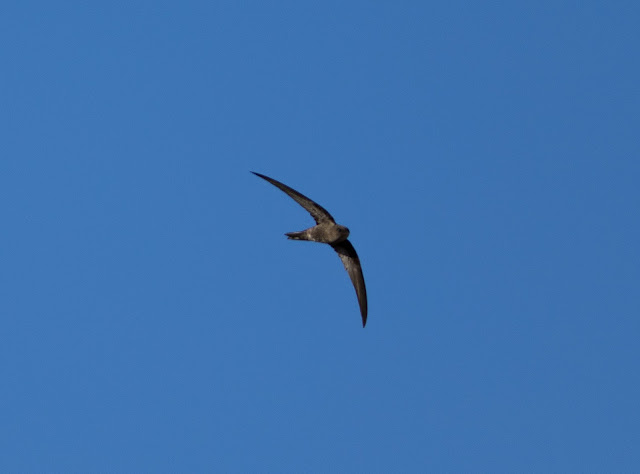




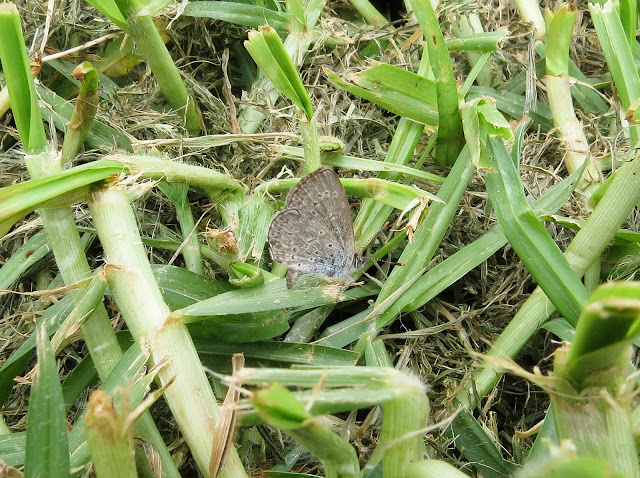

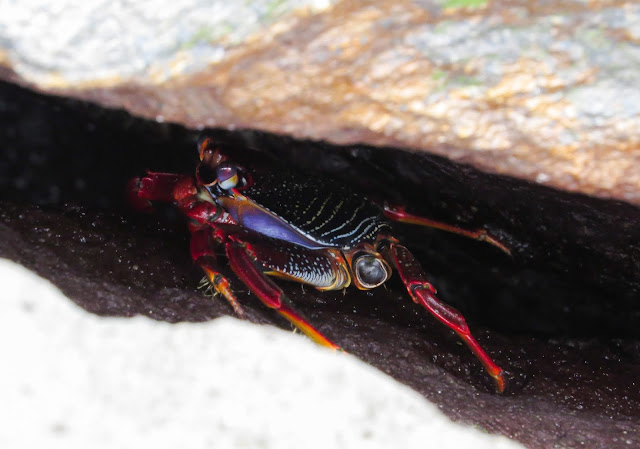




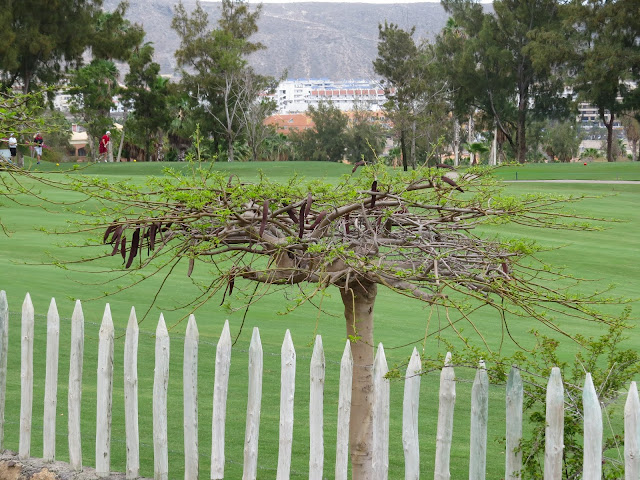

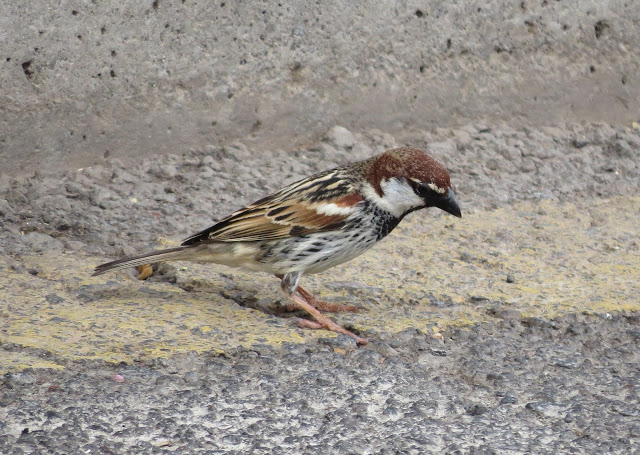








No comments:
Post a Comment